Would you like to live in a UFO? Well in 1968 you could, thanks to Finnish architect Matti Suuronen. He created the Futuro House and for a while it was a worldwide sensation!
Let's take a look around...
Let's take a look around...
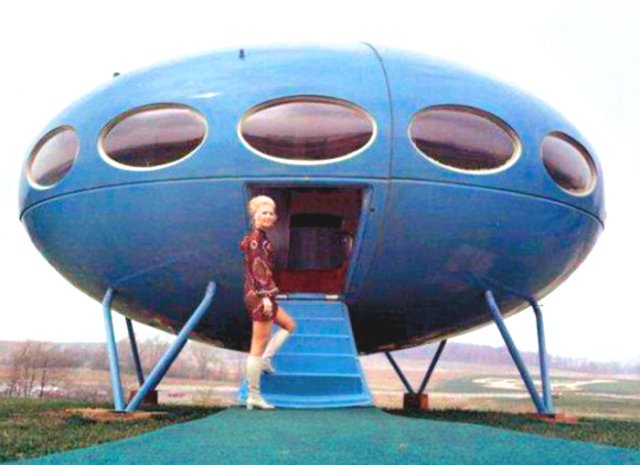
The Futuro was a round prefabricated house initially designed as a ski chalet. Quick to build and easy to heat it reflected the optimism of the times. 
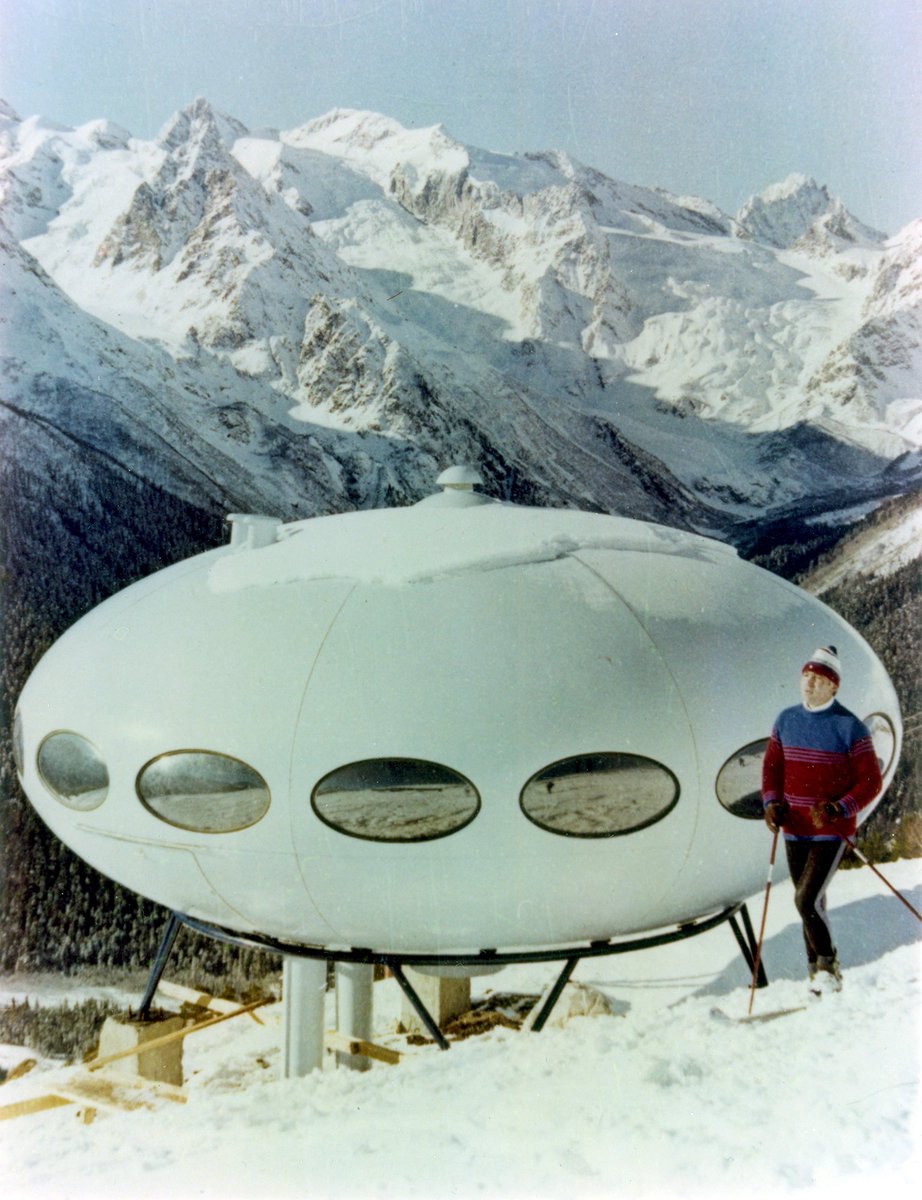
Inside the spacious Futuro were all the 1960s mod cons: a central cooker/heater, reclining chairs, funky furniture and cool, crisp lines. Did it have shagpile carpets? Of course it did! 

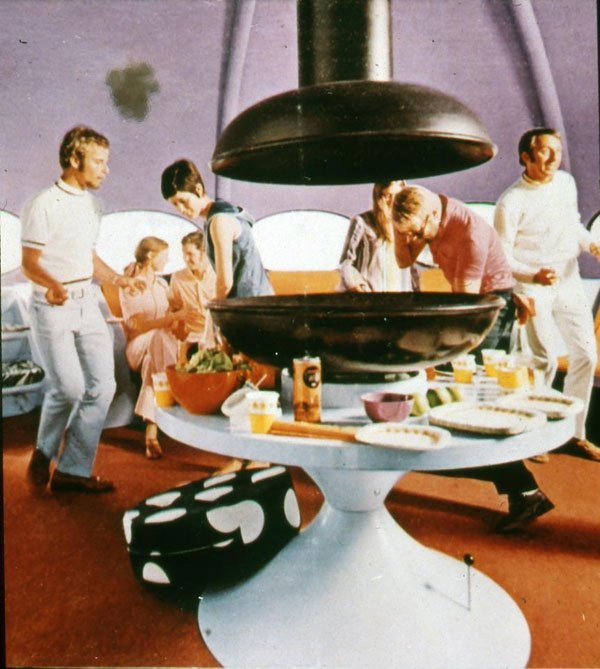
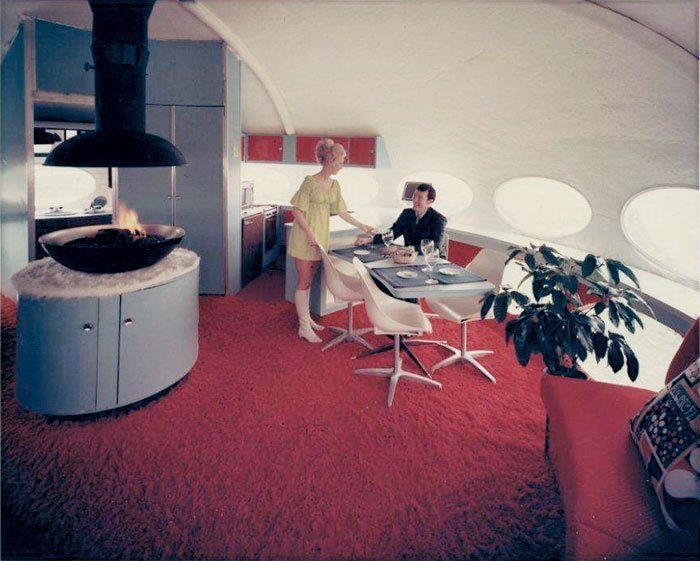
The Futuro was made of fibreglass- reinforced polyester and was light enough to be towed to any location. You literally moved house. 
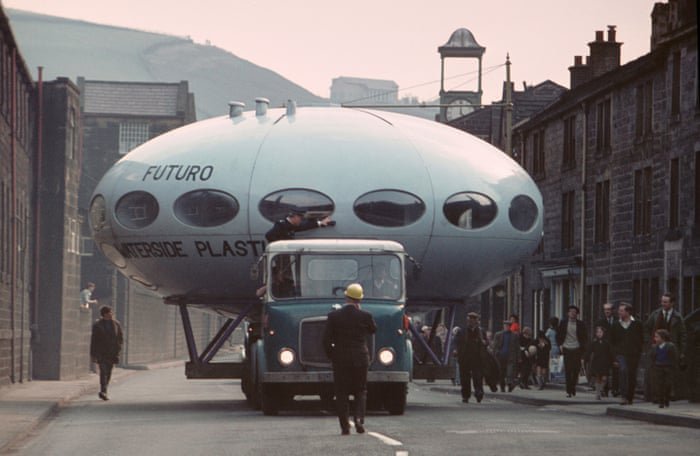
But its futuristic design caused an immediate backlash: Futuro houses were banned from many municipalities by zoning regulations because they didn't 'blend in' with the environment. Production was halted in the mid 1970s. 
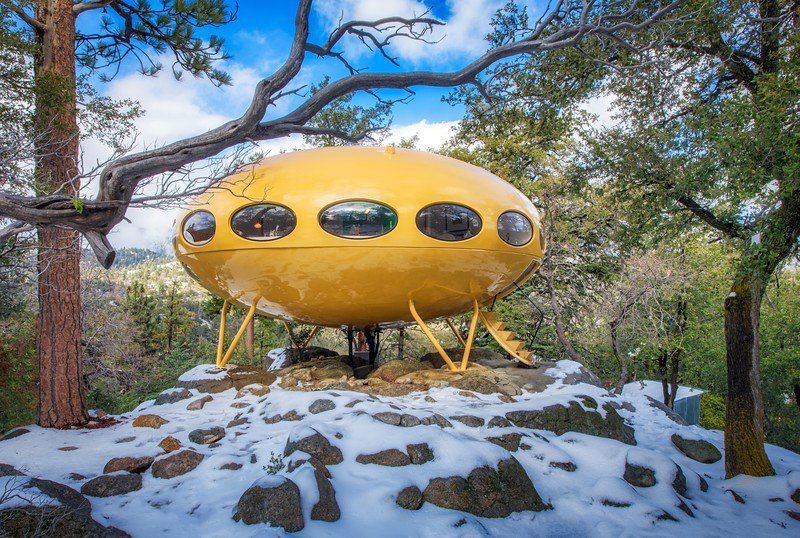
Only 100 or so Futuro houses were ever sold, and by the 1990s many had been abandoned, neglected or vandalised. 


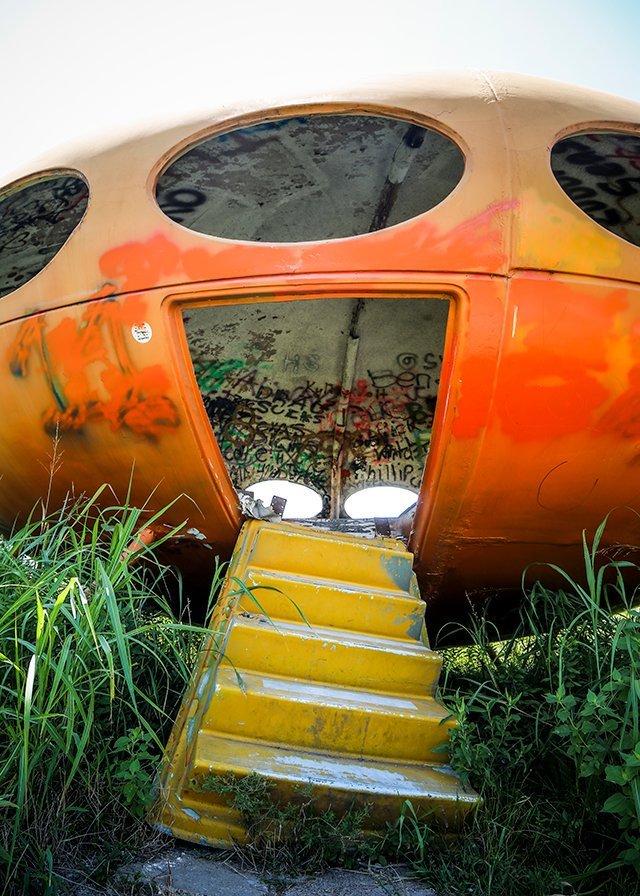
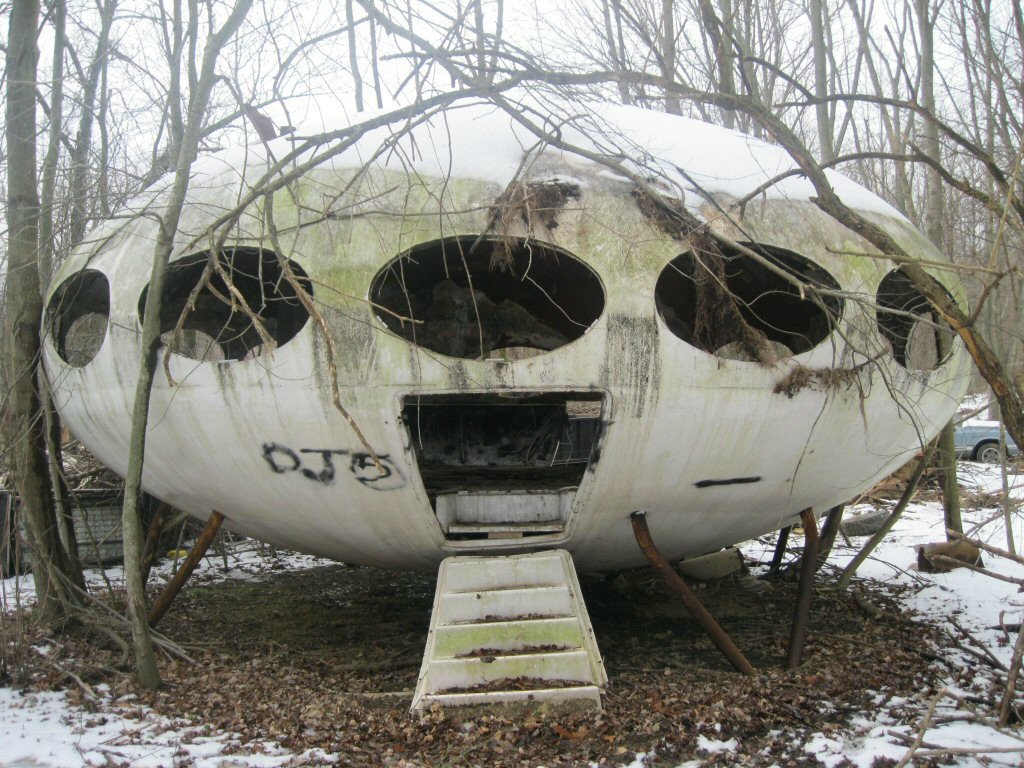
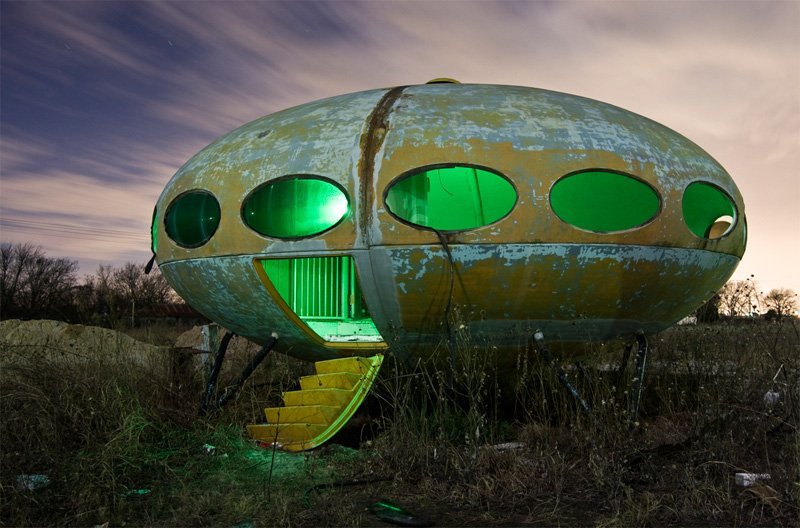
But I'm pleased to say that Futuro houses are now being restored worldwide. In fact they are a collectors item, and can command a high price. 
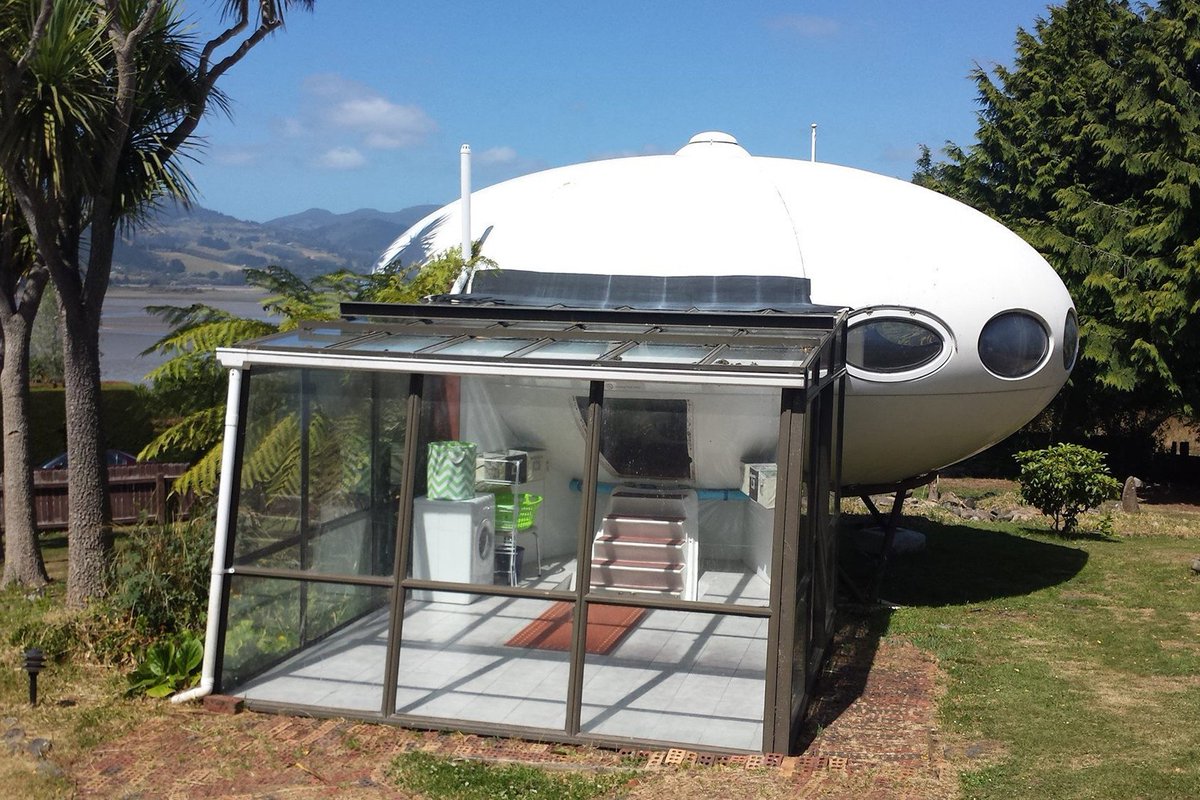
Would you want to live in a Futuro? Why not! Comfortable, sociable and unique they're a tribute to a time when we were optimistic about the future. 

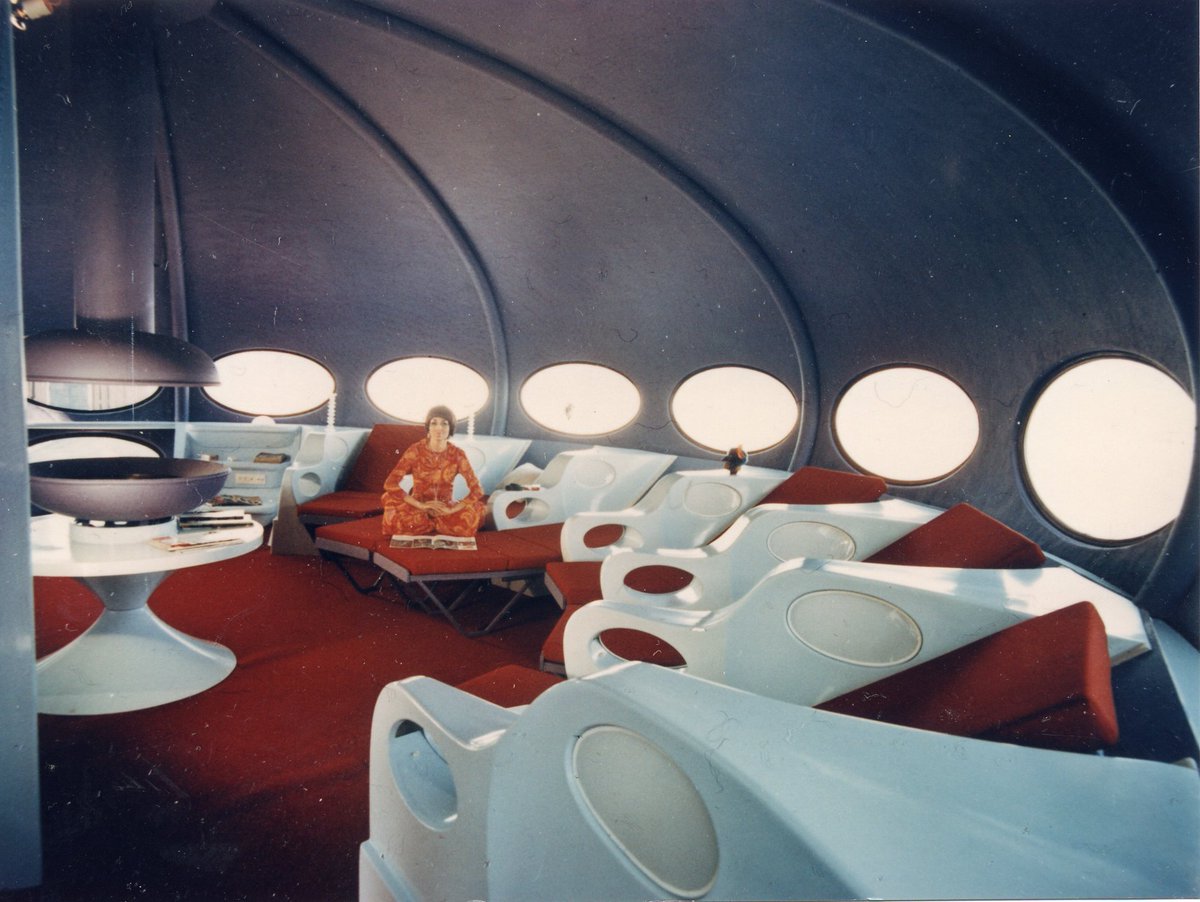
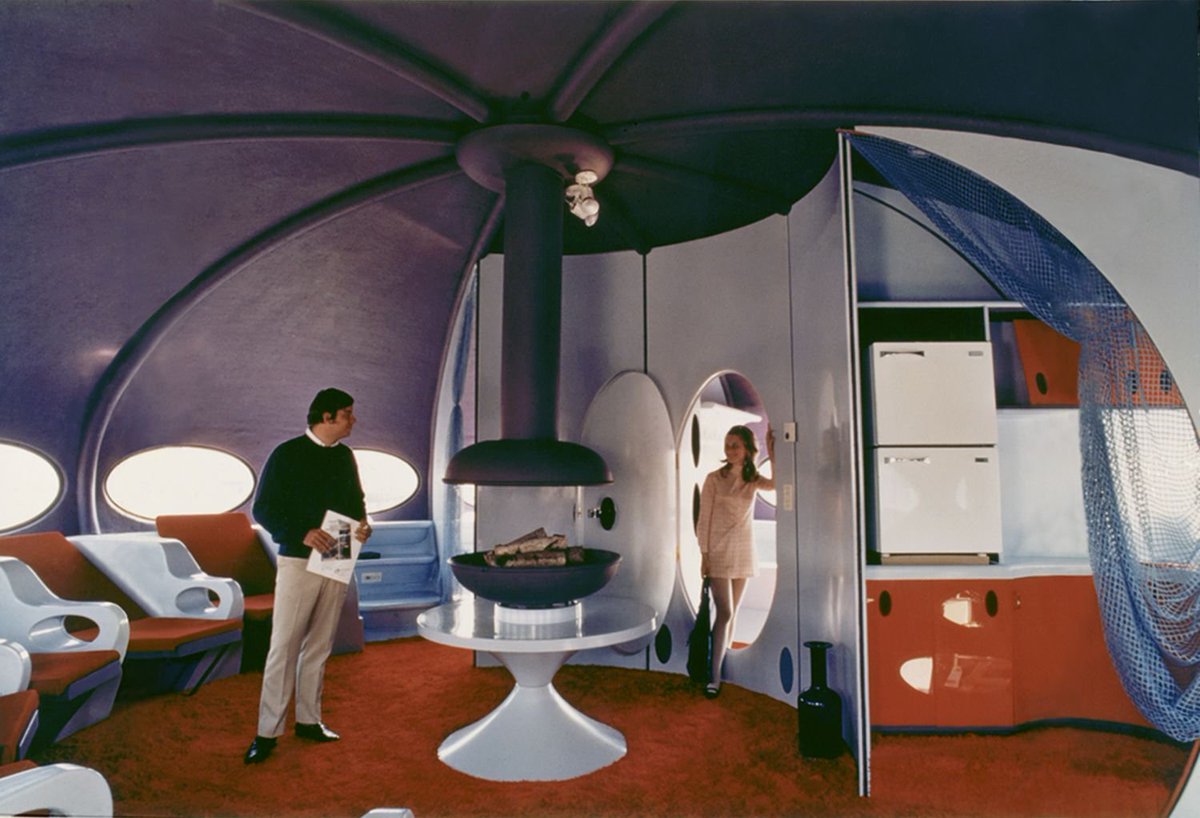
So here's to the Futuro: proof that if you build it (and properly maintain it!) they will come.
Bookshelves are a bit tricky to put up in them though...
Bookshelves are a bit tricky to put up in them though...
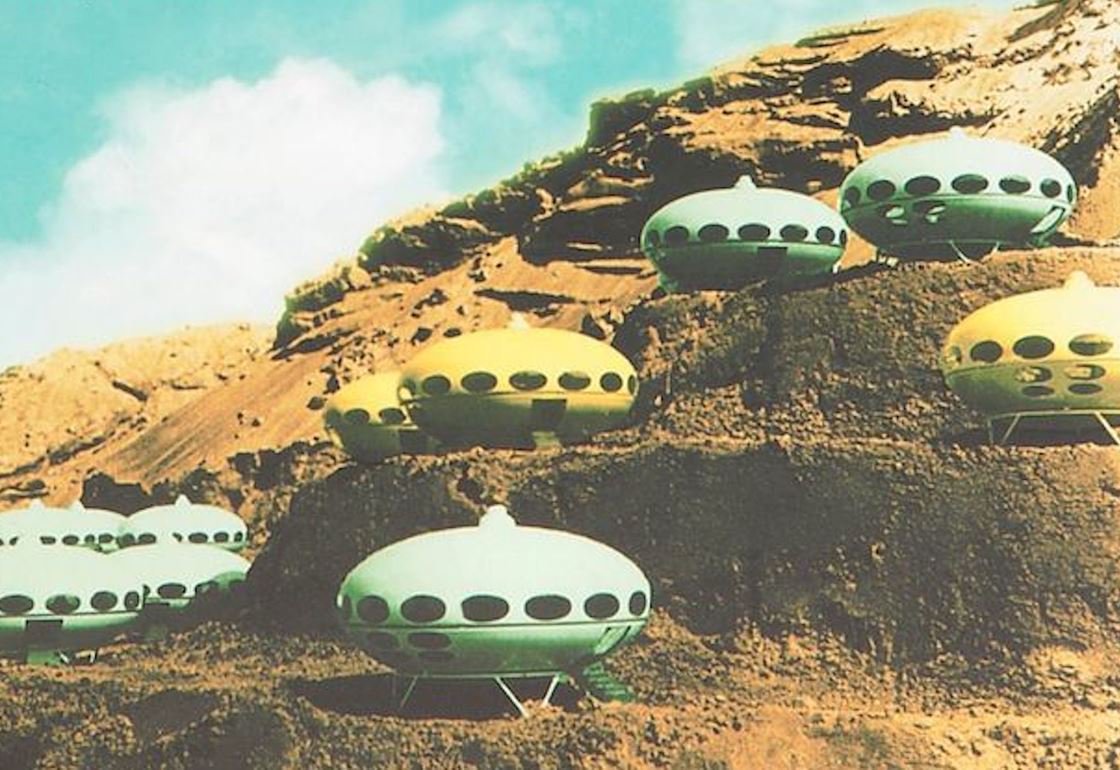
• • •
Missing some Tweet in this thread? You can try to
force a refresh






















